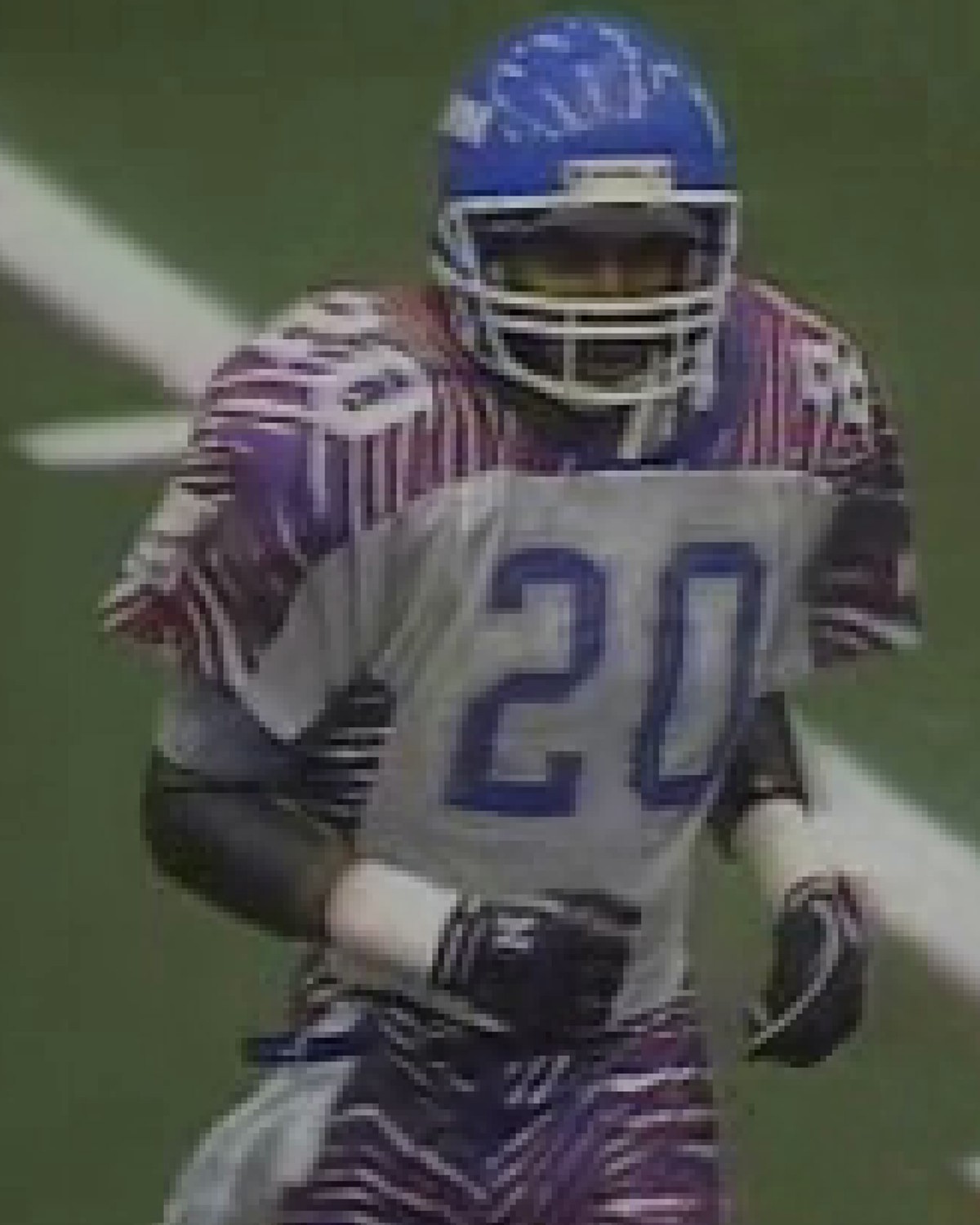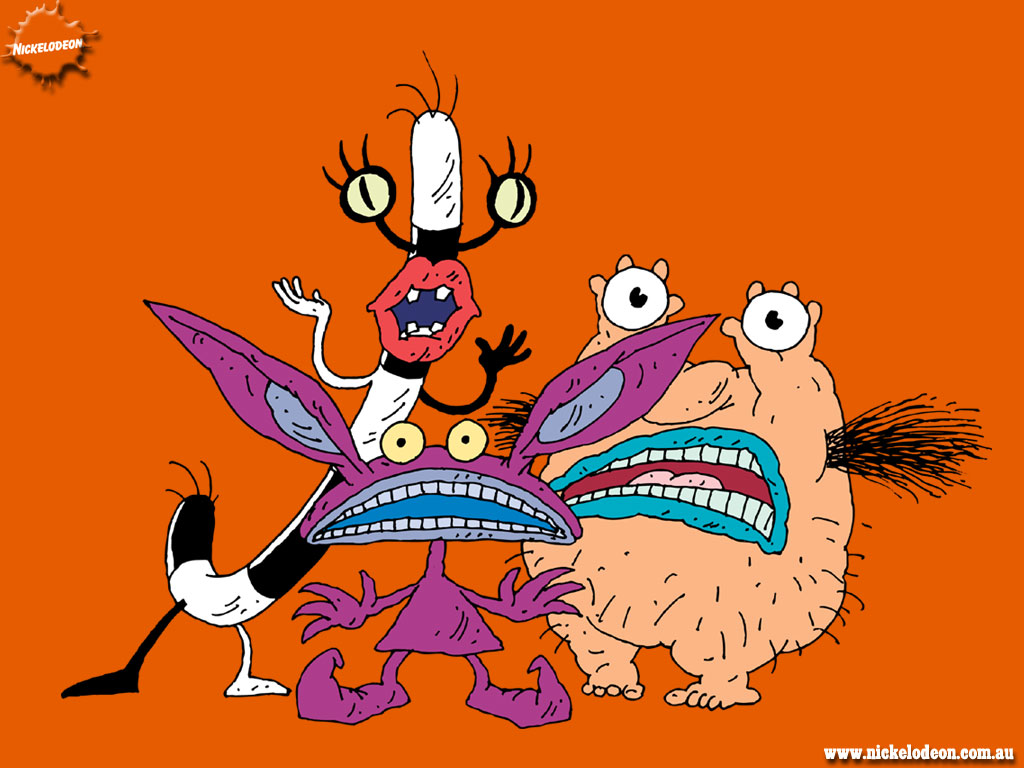
(I will admit up front that I may be cheating a tiny bit on this one. The Eleventh Hour was technically published in 1989, but it was such an integral part of my 90s childhood that I'm going to let that formality slide)
The Eleventh Hour was so much more than just a pleasantly rhyming children's story. It was an intricate mystery that grew increasingly complicated with each turn of a page, and as children we were absolutely determined to solve the complex series of riddles. More importantly, we were determined to decode the puzzles without breaking the unspeakably cool sealed section in the back. The book actually had the solution to the puzzle right there, in a tightly sealed envelope-like contraption following the story. I mean, it was right there. Oh, the temptation! The shame associated with breaking the seal was more often than not too great to go ahead and sell out to the solutions section. Sure, we would finally have the answer to the mystery we had spent the last 347 days pondering, but it would be a hollow victory.
Whenever you went over to a friend's house and saw that they had broken the seal, you could feel that unmistakable rush of superiority. You may have been fruitlessly working on the mystery for months and had only a Five Star notebook full of mistaken leads to show for it, but you had Eleventh Hour integrity, dammit. They would always try to blame it on an older brother or younger sister less ambitious than they who had gotten into the secret section first, but we knew better than to believe their shoddy Eleventh Hour justifications. We were absolutely steadfast in our commitment to solve the mystery of Horace's missing birthday lunch if it was the last thing we did. At the rate we were going, this seemed a likely possibility.

We can only imagine that somewhere out there, there is a support group for people who caved prematurely and opened the hidden world of information in the sealed Super Secret Section. Burnt-out, dead-eyed video store clerks and fry cooks clutch their styrofoam coffee cups with a slight tremor as they share with the group the tragic story of how their lives took an unfortunate but inevitable Eleventh Hour-imposed turn for the worst.
"My name is Alan, and I opened the Super Secret Section."
"Hi, Alan."
"I opened the SSS when I was 9 years old. I couldn't take it anymore. I was pretty sure I had it down to the giraffe and the zebra, but who could be sure? That pool table scene always threw me off. And that swan! What was I supposed to do? I tore through that baby, and look at me today. If I just could have held out a little longer on that envelope..."
The puzzle was admittedly overcomplicated for a child, and feasibly added to any feelings of inadequacy accrued during our formative years. Parents and babysitters would pore over the book, convinced that with age came puzzle-deciphering wisdom. However, they too were thrown by the fraudulent clues leading them in all manner of imprudent directions. Even once the initial mystery was solved, the book offered additional challenges certain to thwart even the most adept cryptographer. What was an amateur decoder to do?

Perhaps I should backtrack a bit. For those of you without an immediate recall of this gloriously illustrated children's book, let me give you the short version sans full spectacular visual accompaniment. The book's breakout star, Horace the Elephant, is celebrating his eleventh birthday. As is customary with eleventh birthday parties, he wishes to carry this ever-so-creative "eleven" theme way too far and force all of his animal friends to suffer through a whopping eleven games before they finally get to eat at (you guessed it!) eleven o'clock. Seems simple enough. But wait! Before the group reaches the coveted lunching Eleventh Hour, we discover that one of the guests, supposedly friends of our dear friend Horace, is actually a thief. Somebody has made off with all the delicious goodies Horace had painstakingly prepared for his party. Luckily, our friend Horace is quick on his feet in a distinctly un-elephant-like way and salvages the day by coming through with sandwiches. Hooray! Sandwiches!

It seems like a fairly happy ending, but Base sort of left us hanging with this one. There was a gaping hole in the story--who had eaten Horace's prized birthday meal? And thus the fun began. Well, depending on your idea of fun, that is.
I personally received this book as a gift at an age when I could barely read, let alone solve a complex series of cryptographs, but Base's beauteous illustrations alone were enough to draw me in (yes, I said "draw", and I realize that's an embarrassingly cheap pun, but let's just move on. Thank you for your cooperation.) The visuals on these books were spectacular and appealed to me at a time in my life when my major ambition was to become an artist. I fancied myself as the next Graeme Base, which clearly illustrated (I swear, that's got to be the last one) that I had an overactive imagination. After several misguided pencil tracings of The Eleventh Hour on waxed paper swiped from my kitchen drawer, I realized I would never amount to anything as an illustrator and quickly vowed to learn to read so at least I could revel in solving the puzzle to avenge my brief failed career as an artiste.
For those of you who never got around to solving the mystery, there is hope for you yet. The book is still available at fine retailers everywhere (including online). The window of opportunity to redeem yourself is open.
Just don't wait until the Eleventh Hour to do so.
Check it out:
Want to own a Graeme Base Original? Be prepared to spend a pretty penny.












